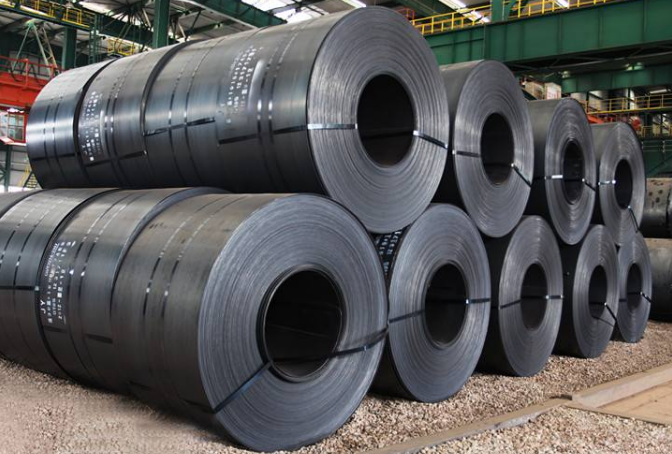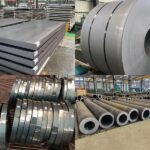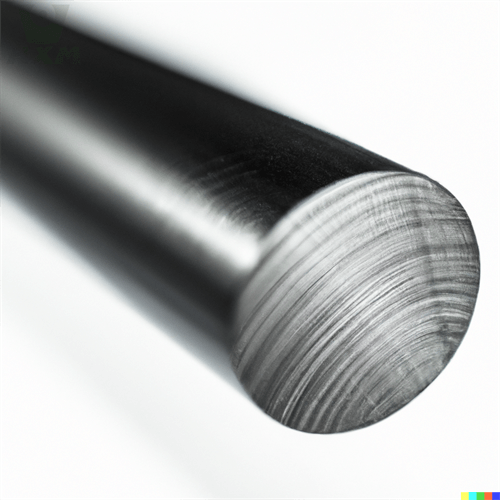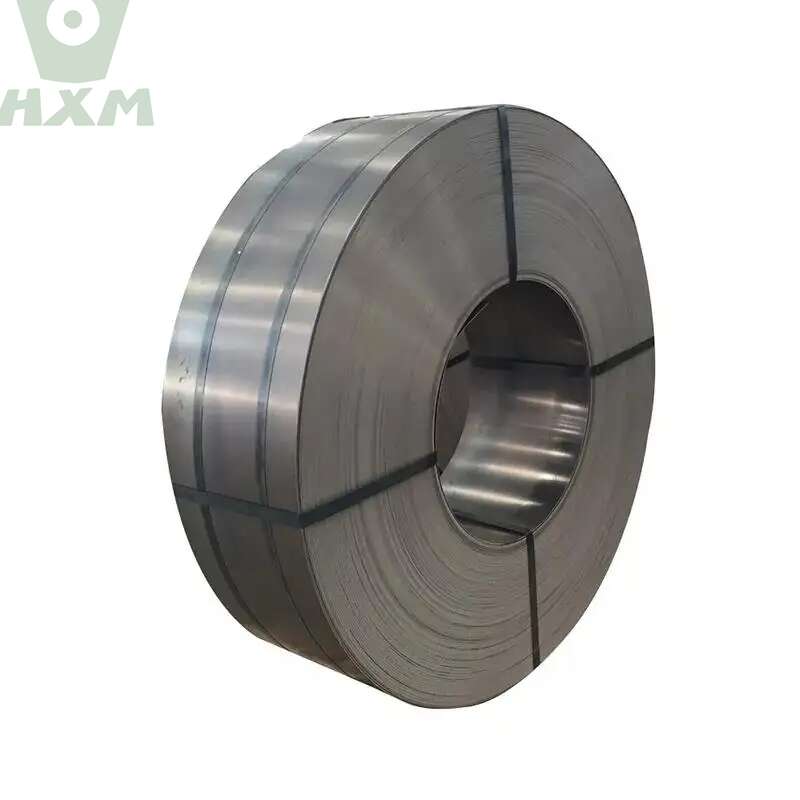Carbon steel, as a commonly used metallic material, is evaluated primarily based on its strength, which serves as a crucial indicator of its quality and performance. Understanding the key factors influencing the strength of carbon steel, including tensile strength, yield strength, impact toughness, and elongation, aids in making informed material selection decisions. This article provides a detailed analysis of indicators affecting the strength of carbon steel.

Analysis of Indicators Affecting the Strength of Carbon Steel:
Firstly, in terms of tensile strength. Tensile strength refers to the maximum stress a material can withstand during a tensile test, reflecting both its ultimate strength and toughness. In carbon steel applications, tensile strength is critical for assessing its resistance to tensile fatigue and corrosion. For instance, low-carbon steel, due to its low carbon content, typically exhibits a tensile strength below 330MPa. When subjected to a certain load, low-carbon steel undergoes localized necking and eventually fractures, with the tensile strength representing the maximum stress it can endure before breaking.
Secondly, yield strength is a crucial consideration. Yield strength signifies the stress at which a material begins to undergo plastic deformation, marking the transition point between elastic and plastic deformation. Carbon steel’s yield strength is also correlated with its carbon content; generally, low-carbon steel has a yield strength below 205MPa. During testing, carbon steel exhibits distinct elastic and plastic deformation regions under tension or compression. The yield strength represents a significant indicator within the plastic deformation region.
Thirdly, impact toughness plays a vital role. Impact toughness quantifies a material’s resistance to fracture under impact or force, often measured through impact tests or fracture toughness evaluations. In carbon steel applications, the impact toughness at low temperatures is particularly important as the material’s plastic deformation capability decreases at lower temperatures, rendering it more susceptible to fracture.
Additionally, elongation is another significant factor. Elongation refers to the ratio of the material’s elongation length before fracture to its original length. Different types of carbon steel exhibit varying elongations; specifically, high-carbon steel has a lower elongation, indicating a higher tendency for brittle fracture under stress. In contrast, low-carbon steel, with an elongation typically exceeding 25%, is easier to process into various shapes and sizes due to its ductility and resistance to fracture.
Conclusion
In conclusion, no single indicator can comprehensively describe the performance of carbon steel. Therefore, a comprehensive assessment encompassing tensile strength, yield strength, impact toughness, and elongation is necessary to accurately understand the material’s properties. When using carbon steel, considering the interrelationships between these indicators ensures the selection of reliable and high-performance materials.
Why Choose Huaxia Steel?
Thank you for reading our article and we hope it can help you to have a better understanding of the indicators affecting the strength of carbon steel. If you are looking for suppliers and manufacturers of carbon steel, we would advise you to visit Huaxia Steel.
As a leading supplier of carbon steel from Shanghai China, Huaxia Steel offers customers high-quality low-carbon steel, medium-carbon steel and high-carbon steel.








